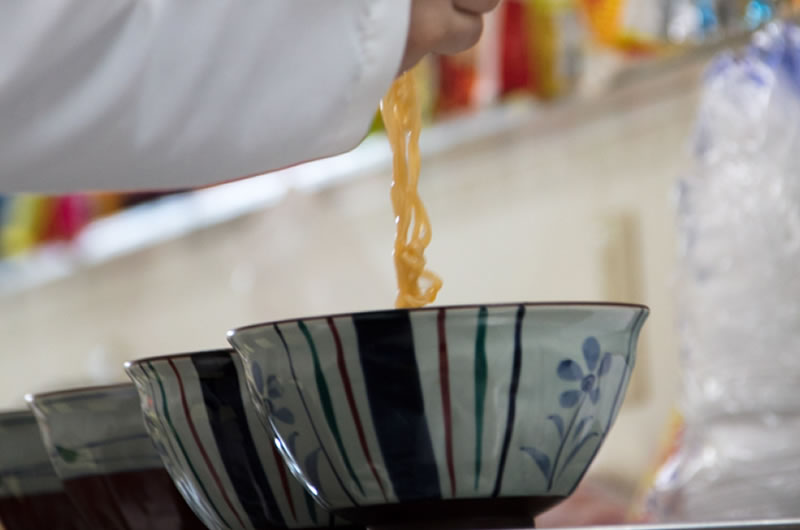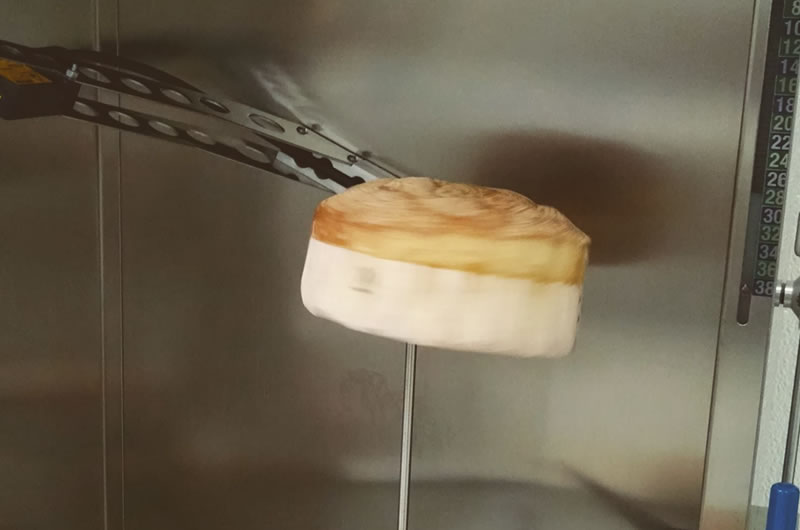Reports
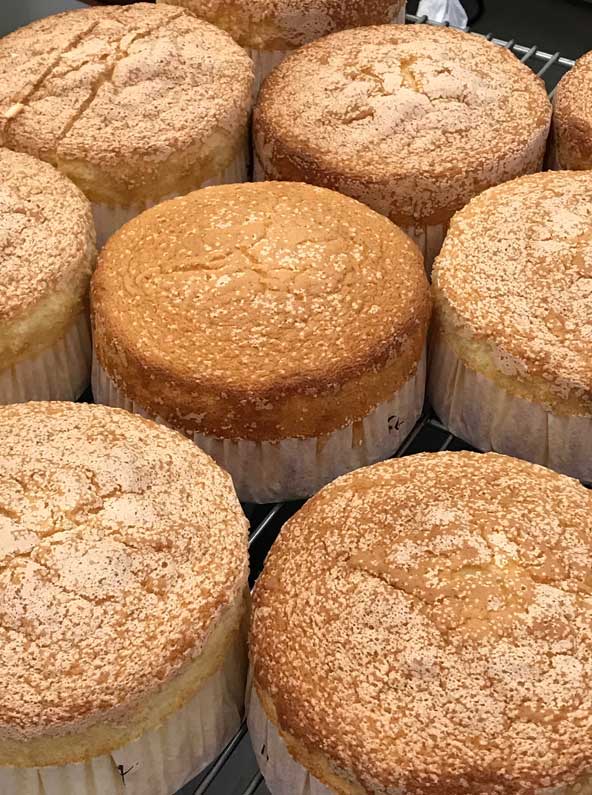
USW – Mechanized cake folding study – Refined mechanical method
U.S. Wheat Associates
Research Report
December 2023
Refinement of a mechanized folding method for sponge cake production and its comparison to the traditional hand folding method

USW – Addendum – Mechanized cake folding study – Nov 16 2022
U.S. Wheat Associates
Research Report Addendum
November 2022
Development of a mechanized folding method for sponge cake production and its comparison to the traditional hand folding method

U.S. Wheat Associates
Research Report
September 2022
Development of a mechanized folding method for sponge cake production and its comparison to the traditional hand folding method.
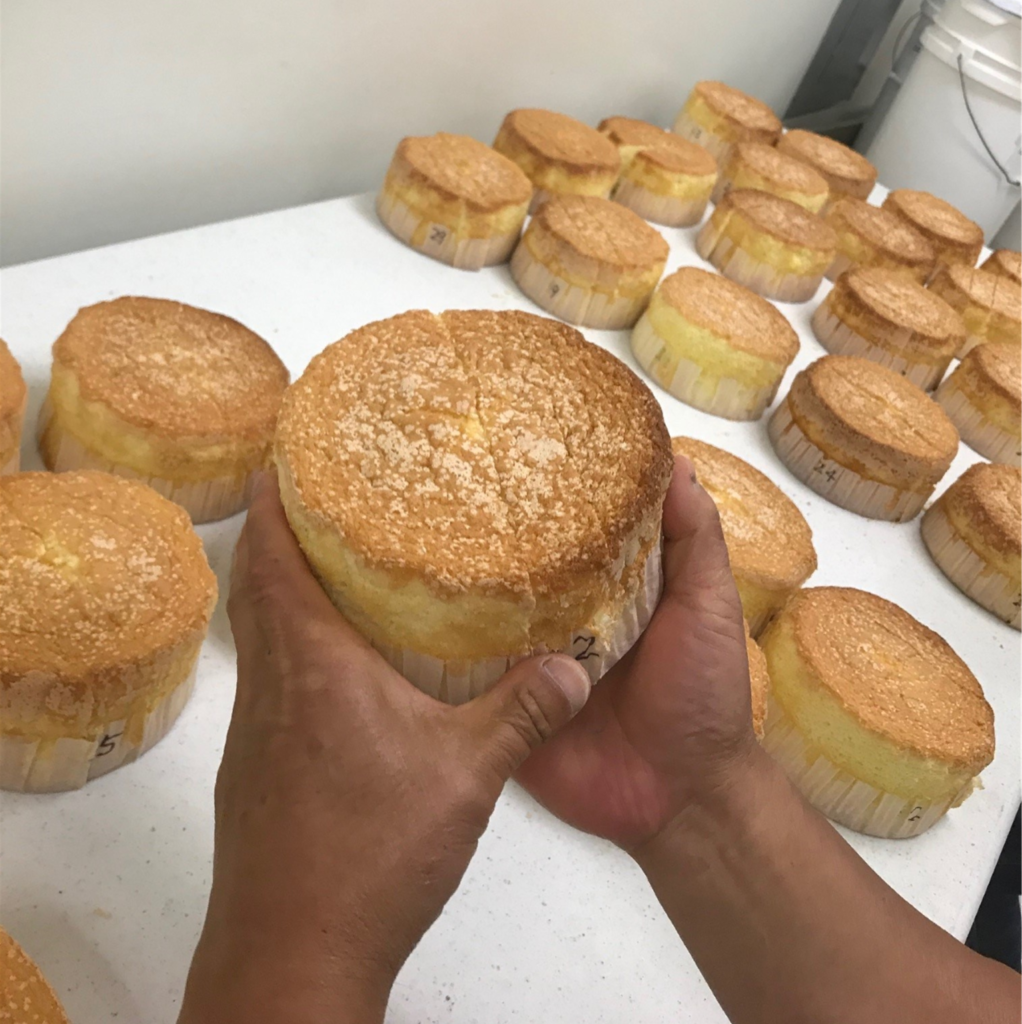
Chlorination alternatives for soft white wheat cake flour
Jayne Bock, PhD, Technical Director; Andrew Mense, PhD, Food Scientist; Bon Lee, Operations Manager | June 2021
The Idaho and Oregon Wheat Commissions and the Washington Grain Commission provided funding to the Wheat Marketing Center (WMC) to evaluate chlorination alternatives for soft white wheat (SWH) cake flours on cake quality of batter- (i.e., layer) and foam-style (i.e., sponge) cakes. A summary follows along with results in Appendix A.
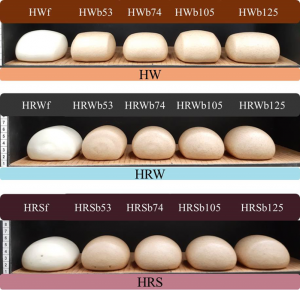
Yu Ching Huang, Visiting Scholar & Associate Researcher, CGPRDI | July 2020
In this study we compared three US wheat classes, hard white (HW), hard red winter (HRW) and hard red spring (HRS), along with different particle size distributions of bran (53μm, 74μm, 105μm and 125μm), and assessed their potential in steamed bread. Refined flour was prepared from all 3 classes and reconstituted with its respective bran fraction at different particle size distributions to make a model WWF.
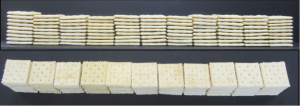
Improving the Performance of Soft White Wheat in Saltine Crackers
Dr. Jayne Bock, Technical Director & Dr. Lingzhu Deng, Food Scientist, Wheat Marketing Center | June 2019
Buyers and customers from Latin American reported that, when switching from soft red winter (SRW) to soft white wheat (SWH), they were uncertain of the appropriate protein specification to buy for their saltine cracker products. This served as the impetus for a SWH saltine cracker study conducted in 2018. We successfully identified SWH wheat protein targets of 10.5 – 11.5% for replacement of SRW in saltine crackers in that study.
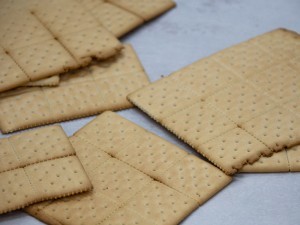
Identifying Soft White Wheat Functional Characteristics for Saltine Crackers
Gary G. Hou, Lingzhu Deng, Min Xu, Bon Lee, Tina Tran, Kin Wong; Wheat Marketing Center | July 2018
Soft white (SW) wheat is well-suited for making a range of crackers and cookies, including saltine crackers. Identifying the SW wheat flour specifications and optimal grain protein level for saltine crackers is very important for customers making procurement decisions.
Substitution of Soft White Wheat Bran for Hard Red Wheat Bran in Whole Wheat Instant Noodles
Caryn Ong and Gary G. Hou; Wheat Marketing Center | June 2017
Whole grain foods are rich in dietary fiber and phytochemicals, and increasing the intake of dietary fiber and bioactive substance has been linked to numerous health benefits such as reduced glycemic index, lowered cholesterol levels and reduced risk of colon cancer (Onyeneho & Hettiarachchy, 1992 and Okarater & Liu, 2010). Asian noodles are one of the important parts of the Asian diet, making up to approximately 20-50% of total wheat flour consumption (Hou, 2010). Due to the potential health benefits of whole grain foods, whole-wheat noodle products are gaining more attention in Asia.
Most Desirable Soft White Wheat for Asian Sponge Cakes
Gary G. Hou, Yosep Kim, Bon Lee, Kathleen Gehring, and Caryn Ong; Wheat Marketing Center | January 2016
A number of studies have been conducted in the past to investigate wheat and flour quality requirements for Asian sponge cake products, but almost all of these studies dealt with individual varieties as research subjects, with the objectives of identifying intrinsic quality traits to improve breeding efficiency. However, in commercial trade SWH varieties are comingled at the country elevators when they are received and stored in different bins or silos based on protein content, falling number, and grade, among other things. As the wheat is transported to the export elevators from different sources, it is blended again to meet each buyer’s contract specs. Therefore, a majority of overseas millers actually use in their milling operation is a blend of a few or more SWH varieties, not individual varieties.

